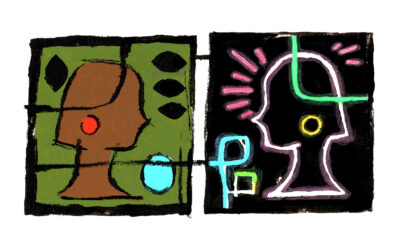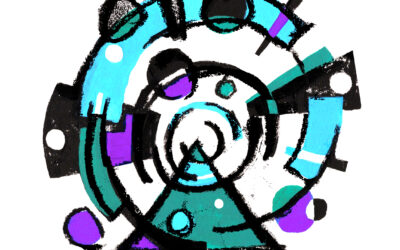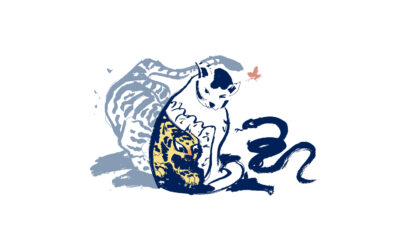Going, going, not quite gone: the “man’s man”

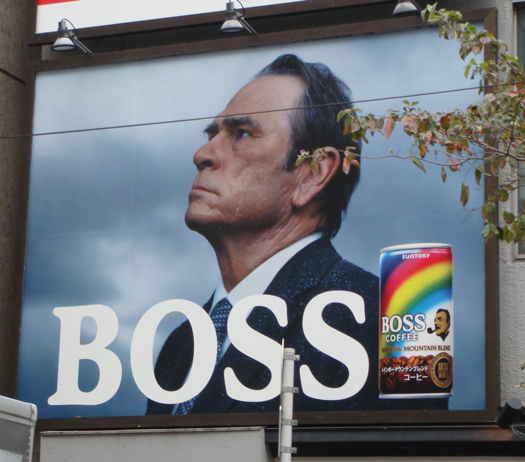

Left: Yukio Mishima, an archetypical man’s man
Middle: BOSS coffee ad (source) with samurai-inspired image of masculinity
Right: LEON, the magazine for the “old guy”
Showa Man is the embodiment of residual masculinity. He personifies the Showa era of high growth where company life and hard work was everything: the fiercely loyal, hard-working, cigarette-smoking, whiskey-drinking, golf-playing, hostess bar-frequenting, monosyllabic personification of a man’s man. As a modern incarnation, this mixture of the Marlboro cowboy, Samurai legacy and physical prowess is now fairly niche, and largely confined to older generations. The image has even sunk enough in repute to be occasionally equated with an oyaji or ossan: a cantankerous, grumpy old man.
Nevertheless, residual does not mean dead, and many products and services still cater to those who identify with its tropes. Canned coffee from BOSS is aimed squarely at them, and LEON magazine has appropriated the stereotype of oyaji as its key marker. There are also more contemporary interpretations of physical strength= a real man. Visit the new Muscle Eatery (筋肉食堂 – kinkiku syokudou) in Shibuya’s trendy Miyashita Park to see how their well-muscled, topless waiters resonate with a younger crowd.
Dominant codes of masculinity – salarymen and the rise of non-toxic masculinity
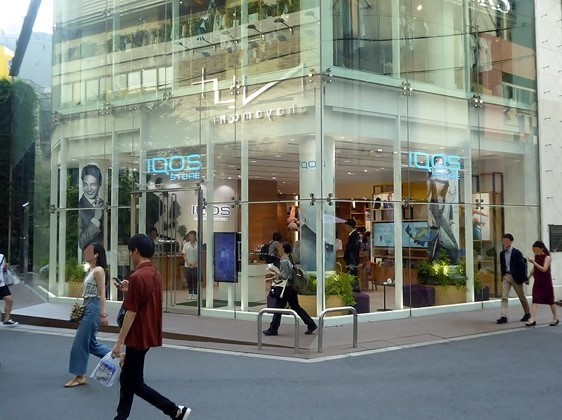


Left: IQOS, the new tobacco for the modern, considerate salaryman
Middle: Illustration comparing herbivore (left) and carnivore (right): their accessories, style, and interests (source)
Right: “Creamy guy”, a type of non-assertive herbivore men (source)
On a more staid note, Japan’s salaryman is still the main masculine archetype: stably employed and able to provide for his family. Over the decades his Showa characteristics have given way to a softer image, leading to the term herbivore man. Typically, he is seen as softly-spoken, unassertive, and more interested in grooming than in dominating women. Initially associated with the three highs or3高 (height, income, educational attainment), he is now valued more for the four lows or 4低. These are: low dependency on his wife, aggression or assertiveness, risk of redundancy, and spending. In other words, a doctor or civil servant who is more likely to press clothes than a hostess for yet another drink appeals more to women. Quelle surprise.
In the West, we would call this development ‘non-toxic masculinity’: and a fairly recent one. In Japan, it has been an important idea since the 1990s, and as a result, has subdivided into many strands. Herbivores can be a sweets-lover or スイーツ男子 – sui-tu dansi ; fashion loverファション系 – fassyon kei ; hip, handsome, hands-on young father orイクメン – ikumen. Ideally, they personify patience or gaman (我慢), emotional maturity, independence and capability.
They are also permanently exhausted. As a result, much consumption in Japan focuses on offering this corporate army relaxation and escape in countless resort hotels, manga cafés and massage salons. Brands have also leveraged their gentler side: instead of the ‘real’ Marlboro cigarettes that men of a more ‘residual masculinity’ type would insist upon, IQOS (the heat-not-burn tobacco gadget) has proved immensely appealing to this group, as a more considerate mode of tobacco consumption. And the huge industry now catering to every imaginable male grooming need speaks for itself: from sophisticated aesthetic salons to extensive dedicated skincare aisles.
Emerging masculinities – the spectrum


Left: Representatives of Reiwa men (source)
Right: Multi-faceted interests define the Reiwa man, such as carefully selected, non-brand glasses, for $700 that only those in the know would recognise
More recently, however, masculinity has moved from a singular code that is widely shared and understood (being virile or successful or able) to a plurality: to masculinities. What does this mean? Effectively: a pick ‘n’ mix.
All the tropes we have looked at are now a ‘modular toolbox’, from which men can freely chooses how to construct their masculine identity. This goes further than ‘herbivore man’, despite his ability to reject some codes (such as putting the company he works for above all else) while accepting others (such as gaman). It is a splintering that is reflected in the increased use of certain words: individuality, unique, one’s own character, different from everyone (個性 -kosei, 独特-dokutoku/ユニーク-unique/みんなと違う-minna to tigau, 趣味を追求 – shumi wo tuikyu, こだわり- kodawari).
All these terms share a sense of being comfortable with and knowing yourself. Rigid conformity to one type is giving way to a preference for paradox: what in Japan is called a ‘gap’ or ギャップ. An athletic man who also loves frothy Mont Blanc cakes and discovering new cafés is a surprising – and thus attractive – contradiction. Expectations are played with and subverted, leading to a Reiwa man who is confident to pursue what he prefers.
For brands, this means that monolith masculinity is over. You want to speak to men? Which type? Which codes? It is vital to understand how individuality is changing the cultural framework in Japan if products and services are to speak to these new men.

